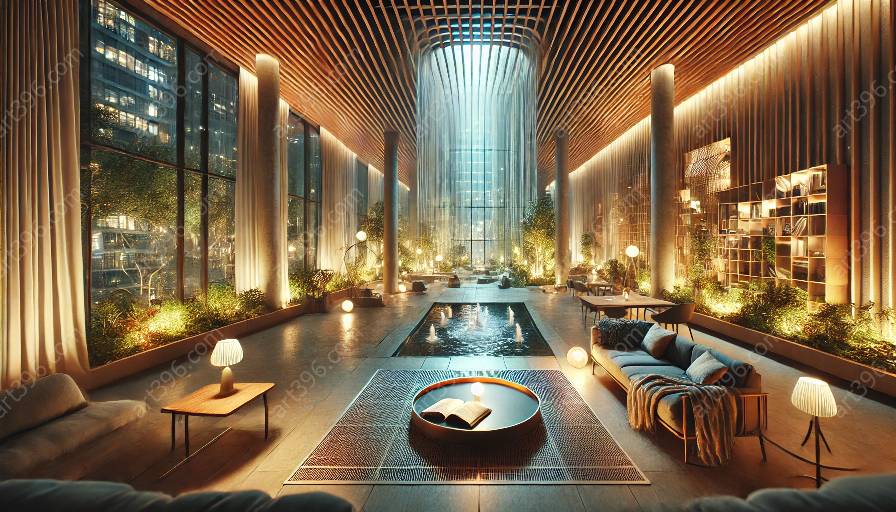Architectural design is a complex field where the integration of natural and artificial lighting poses several challenges. This article explores the importance of lighting in architecture and the technical, practical, and aesthetic challenges architects face when integrating natural and artificial lighting in their designs.
Importance of Lighting in Architecture
Lighting plays a critical role in architectural design, influencing the overall atmosphere, functionality, and visual appeal of a space. The careful integration of natural and artificial lighting can enhance the user experience, promote sustainability, and highlight architectural features.
Technical Challenges
One of the primary technical challenges in integrating natural and artificial lighting is achieving optimal light levels throughout the day and night. Architects must consider the orientation of the building, window placement, and the impact of surrounding structures to maximize natural light while ensuring sufficient artificial lighting for after-dark use.
- Controlling glare and shadowing is another technical challenge. Overcoming these issues requires precise planning and the use of specialized fixtures and shading devices to regulate light distribution.
- The integration of lighting controls and automation systems also presents technical challenges. Architects must ensure that these systems are seamlessly incorporated into the overall design while providing easy user access and energy efficiency.
Practical Challenges
Practical challenges often relate to the selection and maintenance of lighting equipment. Architects need to consider the longevity, energy efficiency, and maintenance requirements of artificial lighting fixtures while also accounting for the changing characteristics of natural light throughout the year.
- Balancing artificial lighting with the ever-changing natural light conditions poses a practical challenge. This requires careful planning to avoid over-illumination or under-illumination in different seasons and weather conditions.
- Meeting industry standards and regulations for lighting performance and energy conservation is another practical challenge that architects must address when integrating natural and artificial lighting into their designs.
Aesthetic Challenges
From an aesthetic perspective, architects face the challenge of using lighting to complement the overall design concept and create visual interest. Achieving a harmonious balance between natural and artificial lighting to highlight architectural features and create a compelling ambiance requires a keen understanding of spatial aesthetics.
- Applying lighting techniques to evoke specific moods and emotions within a space is an aesthetic challenge that demands creativity and a deep understanding of how light interacts with materials, colors, and textures.
- Considering the impact of lighting on the surrounding environment and the integration of sustainable lighting solutions pose additional aesthetic challenges that architects must navigate.
Role of Architectural Lighting Design
Addressing the challenges of integrating natural and artificial lighting requires the expertise of architectural lighting designers. These professionals collaborate with architects to develop lighting concepts that align with the architectural vision while addressing the technical, practical, and aesthetic challenges of lighting integration.
Architectural lighting designers utilize advanced software simulations, lighting calculations, and in-depth knowledge of lighting technologies to create comprehensive lighting plans that enhance spatial experiences and promote energy efficiency.
Conclusion
The challenges of integrating natural and artificial lighting in architectural design are multifaceted, encompassing technical, practical, and aesthetic considerations. Success in overcoming these challenges lies in the collaborative efforts of architects and architectural lighting designers to create functional, visually pleasing, and sustainable lighting solutions that elevate the built environment.





























































